Mulch benefits your garden in multiple ways. One of the major benefits of mulch is water conservation. Properly mulched beds retain 10 - 25% of the moisture normally lost through evaporation. Secondly, it saves hours of unpleasant weeding by blocking the sunlight necessary for weeds to grow. Mulch forms a protective barrier between your lawn mower, or weed eater, and the trees and shrubs that are bordered by your lawn. Properly applied mulch insulates the soil in throughout the seasons, and prevents soil erosion.
What Types of Mulch Work Best?
Do-It-Yourself landscapers have a variety of options when it comes to mulch. Each has its own strengths and weaknesses. Here is a list of some commonly used mulches with brief descriptions of their pros and cons:
Pine Bark
This is one of the most commonly used mulches and the one you see frequently in your neighbors' plant beds. A 2" - 3" layer is ideal.
Pros: It is attractive and provides a dark aesthetic. It can be purchased in a variety of sizes from shredded, which will be discussed later, to larger pieces - called nuggets.
Cons: The larger pieces can attract termites and other insects which might make certain plant species vulnerable. Nuggets are light-weight, which means they can easily float away if over-watered or during a rain storm.
Pine Needles
Pine needles make a great mulch for trees and shrubs that like acidic soil, such as oaks, gardenias and hollies. You will need about 2" for proper insulation.
Pros: Great for plants that prefer acidic soils and allows water to easily penetrate.
Cons: Pine needles will kill eventually kill plants that do not like acidic soil. It isn't as attractive as other materials.
Shredded Hardwoods
This can be used just about anywhere. It is a favorite for landscapers who want a soft natural look and can also be used on paths to prevent erosion.
Pros: It decomposes slowly and is aesthetically pleasing. It's one of the best weed suppressors. It does well on uneven landscapes and hillsides.
Cons: Over time, it can create a more alkaline soil. It compacts well, which eventually prohibits water penetration. This shouldn't become an issue if it's not being walked on regularly.
Wood Chips
Different from pine bark nuggets, this is comprised of both wood and bark that has been chipped to various sizes.
Pros: Offers a variety of color to the plant beds. Different sized pieces decompose at different rates, adding nitrogen to the soil in a "time release" fashion.
Cons: Can attract harmful termites and other insects.
Crushed Stone, Gravel, & Pebbles
This can be an affordable mulching option, especially suited for desert or succulent themed landscaping. 2" usually provides enough cover.
Pros: Allows water and air to circulate and doesn't decompose.
Cons: Weeds can often make their way through it. It can scatter onto sidewalks and into lawns without the right border. It can also create an alkaline soil over time.
Landscape Ground Cloth
Made from plastic, paper, and other materials, landscape fabrics are a durable mulch option.
Pros: Allows proper air/water circulation and is a good weed suppressant.
Cons: Works best in conjunction with another mulch on top for optimal water conservation and week control.
Dyed Mulch
Dyed Mulches are relatively new on the market. They usually come in reds, browns, or blacks. They are made from recycled wood products.
Pros: All the benefits of wood chips (see above).
Cons: While dyes are usually vegetable based, the wood can come from treated wood sources, leaching undesirable chemicals. Purchase dyed woods with the Mulch & Soil (MSC) Logo to ensure the wood is chemical free.
How to Apply Mulch
Once you've selected the mulching material you feel works best with your landscape design, it's time to apply it.
- Reign in your mulching enthusiasm until late spring to ensure proper soil temperatures. If you live in a cooler climate, you may want to wait even longer. Talk to your local nursery to verify "optimal mulching time" in your zone.
- Ensure that all areas around the plants, shrubs or trees are weed free. Consider renting a bed edger to create well defined edges, eliminate weeds, and save on manual labor.
- Consider the soil beneath the mulch. If you have a sandy soil base, you might want to add a little extra mulch to preserve water. If you have a rich soil with poor drainage, you might want to keep the mulch on the lighter side to prevent root rot. You may not even need mulch if the soil retains moisture.
- Consider the root zone of the plants you are mulching. For flower beds, you should mulch the entire bed area. For trees and shrubs, you want to mulch anywhere from 3' to 6' out from the shrub/tree, depending on the size of the root base. Make sure to leave a few inches of free space between the mulch and the bark on the shrubs/trees or the bark can rot from trapped moisture.
- Don't over mulch. Some gardeners get a little overzealous with their mulch application. Too much mulch is a bad thing. Roots can begin to grow into the mulch, rather than soil, which makes them vulnerable to fertilizer and pesticide damage.
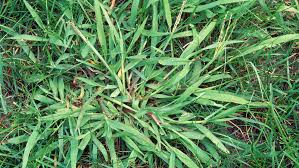
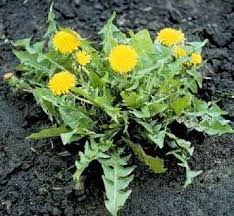
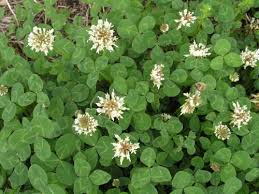
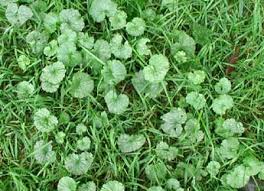
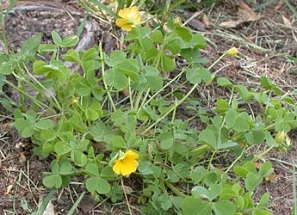
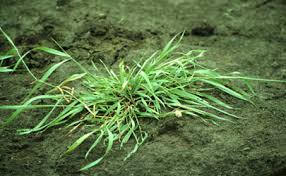
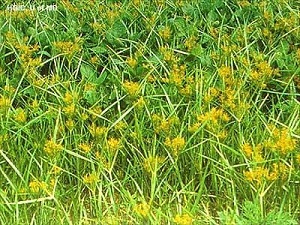
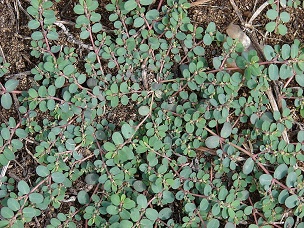
 RSS Feed
RSS Feed